Active Electronically Scanned Arrays commonly known as AESA is a phased array radar system. It consists of an array of antennas which form a beam of radio waves that can be aimed in different directions without physically moving the antenna themselves. The primary use of AESA technology is in radar systems.
AESA systems are currently used on many different military platforms, including military aircraft and drones, to provide superior situational awareness.
The evolution of ASEA technology can be traced back to the early 1960s with the development of the passive electronically scanned array (PESA) radar, a solid state system which takes a signal from a single source and uses the phase shifter modules to selectively delay certain parts of the signal while allowing others to transmit without delay. Transmitting the signal in this way can produce differently shaped signals, effectively pointing the signal beam in different directions. This is referred to as beam steering.
The first AESA systems were developed in the 1980s and had many advantages over the older PESA systems. Unlike a PESA, which uses one transmitter/receiver module, AESA uses many transmitter/receiver modules which are interfaced with the antenna elements and can produce multiple, simultaneous radar beams at different frequencies.
How does AESA Radar System Work
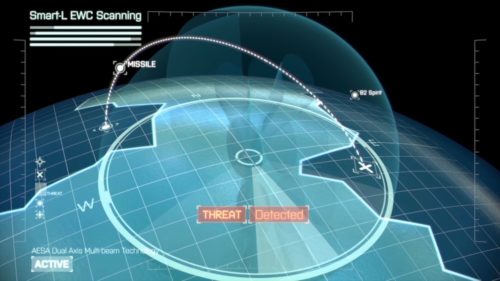 Radar systems generally work by connecting an antenna to a powerful radio transmitter to emit a short pulse of signal. The transmitter is then disconnected and the antenna is connected to a sensitive receiver which amplifies any echos from target objects. By measuring the time it takes for the signal to return, the radar receiver can determine the distance to the object. The receiver then sends the resulting output to a display of some sort. The transmitter elements were typically klystron tubes or magnetrons, which are suitable for amplifying or generating a narrow range of frequencies to high power levels. To scan a portion of the sky, the radar antenna must be physically moved to point in different directions.
Radar systems generally work by connecting an antenna to a powerful radio transmitter to emit a short pulse of signal. The transmitter is then disconnected and the antenna is connected to a sensitive receiver which amplifies any echos from target objects. By measuring the time it takes for the signal to return, the radar receiver can determine the distance to the object. The receiver then sends the resulting output to a display of some sort. The transmitter elements were typically klystron tubes or magnetrons, which are suitable for amplifying or generating a narrow range of frequencies to high power levels. To scan a portion of the sky, the radar antenna must be physically moved to point in different directions.
Starting in the 1960s new solid-state devices capable of delaying the transmitter signal in a controlled way were introduced. That led to the first practical large-scale passive electronically scanned array (PESA), or simply phased array radar. PESAs took a signal from a single source, split it into hundreds of paths, selectively delayed some of them, and sent them to individual antennas. The radio signals from the separate antennas overlapped in space, and the interference patterns between the individual signals were controlled to reinforce the signal in certain directions, and mute it in all others. The delays could be easily controlled electronically, allowing the beam to be steered very quickly without moving the antenna. A PESA can scan a volume of space much quicker than a traditional mechanical system. Additionally, thanks to progress in electronics, PESAs added the ability to produce several active beams, allowing them to continue scanning the sky while at the same time focusing smaller beams on certain targets for tracking or guiding semi-active radar homing missiles. PESAs quickly became widespread on ships and large fixed emplacements in the 1960s, followed by airborne sensors as the electronics shrank.
AESAs are the result of further developments in solid-state electronics. In earlier systems the transmitted signal was originally created in a klystron or traveling wave tube or similar device, which are relatively large. Receiver electronics were also large due to the high frequencies that they worked with. The introduction of gallium arsenide microelectronics through the 1980s served to greatly reduce the size of the receiver elements, until effective ones could be built at sizes similar to those of handheld radios, only a few cubic centimeters in volume. The introduction of JFETs and MESFETs did the same to the transmitter side of the systems as well. It gave rise to amplifier-transmitters with a low-power solid state waveform generator feeding an amplifier, allowing any radar so equipped to transmit on a much wider range of frequencies, to the point of changing operating frequency with every pulse sent out. Shrinking the entire assembly (the transmitter, receiver and antenna) into a single "transmitter-receiver module" (TRM) about the size of a carton of milk and arraying these elements produces an AESA.
The primary advantage of an AESA over a PESA is capability of the different modules to operate on different frequencies. Unlike the PESA, where the signal is generated at single frequencies by a small number of transmitters, in the AESA each module generates and radiates its own independent signal. This allows the AESA to produce numerous simultaneous "sub-beams" that it can recognize due to different frequencies, and actively track a much larger number of targets. AESAs can also produce beams that consist of many different frequencies at once, using post-processing of the combined signal from a number of TRMs to re-create a display as if there was a single powerful beam being sent. However, this means that the noise present in each frequency is also received and added.
Advantages of AESA
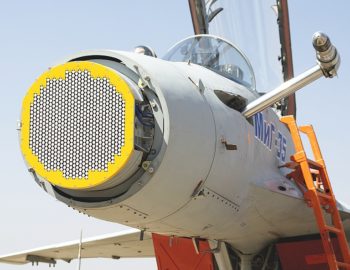 1. Resistance to Electronic Jamming - One of the major advantages of an AESA system itshigh degree of resistance to electronic jamming techniques. Radar jamming is usually done by determining the frequency at which an enemy radar is broadcasting and then transmitting a signal at that same frequency to confuse it. Over time, engineers developed a way to counteract this form of jamming by designing radar systems which could change their frequency with each pulse. But as radar advanced, so did jamming techniques. In addition to changing frequencies, AESA systems can distribute frequencies across a wide band, even within individual pulses, a radar technique called “chirping”. This combination of traits makes it much harder to jam an AESA system than other forms of radar.
1. Resistance to Electronic Jamming - One of the major advantages of an AESA system itshigh degree of resistance to electronic jamming techniques. Radar jamming is usually done by determining the frequency at which an enemy radar is broadcasting and then transmitting a signal at that same frequency to confuse it. Over time, engineers developed a way to counteract this form of jamming by designing radar systems which could change their frequency with each pulse. But as radar advanced, so did jamming techniques. In addition to changing frequencies, AESA systems can distribute frequencies across a wide band, even within individual pulses, a radar technique called “chirping”. This combination of traits makes it much harder to jam an AESA system than other forms of radar.
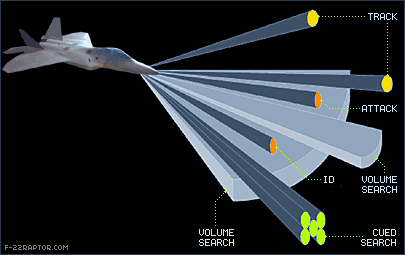 2. Low Interception - AESA systems also have a low probability of intercept by an enemy radar warning receiver (RWR). An RWR allows an aircraft or vehicle to determine when a radar beam from an outside source has struck it. In doing so, it can also determine the beam’s point of origin, and thus, the enemy’s position. AESA systems are highly effective in overcoming RWRs. Because the “chirps” mentioned above change frequency so rapidly, and in a totally random sequence, it becomes very difficult for an RWR to tell whether the AESA radar beam is, in fact, a radar signal at all, or just part of the ambient “white noise” radio signals found all over the world.
2. Low Interception - AESA systems also have a low probability of intercept by an enemy radar warning receiver (RWR). An RWR allows an aircraft or vehicle to determine when a radar beam from an outside source has struck it. In doing so, it can also determine the beam’s point of origin, and thus, the enemy’s position. AESA systems are highly effective in overcoming RWRs. Because the “chirps” mentioned above change frequency so rapidly, and in a totally random sequence, it becomes very difficult for an RWR to tell whether the AESA radar beam is, in fact, a radar signal at all, or just part of the ambient “white noise” radio signals found all over the world.
 3. Increased Reliability - Yet another benefit of using AESA systems is that each module operates independently, so a failure in a single module will not have any significant effect on overall system performance. AESA technology can also be used to createhigh-bandwidth data links between aircraft and other equipped systems.
3. Increased Reliability - Yet another benefit of using AESA systems is that each module operates independently, so a failure in a single module will not have any significant effect on overall system performance. AESA technology can also be used to createhigh-bandwidth data links between aircraft and other equipped systems.
4. Multi-Mode Capability - This radar technology also supports multiple modes that allow the system to take on a wide variety of tasks including:
- Real beam mapping
- Synthetic Aperture Radar (SAR) mapping
- Sea surface search
- Ground moving target indication and tracking
- Air-to-air search and track
Challenges with an AESA Radar
As with most technology, there are a few challenges that manufacturer's face during the development of AESA radar tech. The most common challenges include power, cooling, weight, and price.
Luckily, advancements have already been made (and are continuing to advance) as technology continues to improve. For example, the weight of these radars has decreased by over half within the past few years along with a decrease in size. This allows the AESA to be mounted in areas other than just the nose of an aircraft. The radar will be able to be oriented in multiple directions and provide a wider perspective.
AESA Radar and its Future
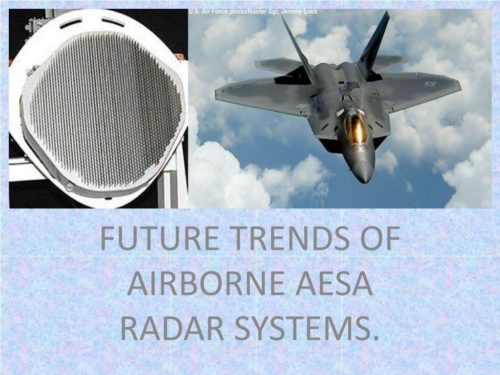 As breifly mentioned, as AESA technology has advanced, it has become smaller and more affordable. This has allowed many countries to incorporate AESA into legacy systems on the ground, in the sea, and in the air.
As breifly mentioned, as AESA technology has advanced, it has become smaller and more affordable. This has allowed many countries to incorporate AESA into legacy systems on the ground, in the sea, and in the air.
- Cognitive Radars: The growth of AESA technology has moved hand-in-hand with improvements in signal processing. This has mirrored electronics innovation in the non-military domain; your cellphone can perform more tasks today than that of ten years ago, due to software improvements. The breakneck speed at which software innovation moves will have an impact in the radar domain, particularly in the field of Artificial Intelligence (AI). Key to this is the ability of the machine to learn lessons from its operations in the near and distant past and apply those to its current environment. So-called ‘Cognitive Radar’ could adapt elements of AI.
- Post Gallium Nitride: Much has been made in the AESA domain of the advent of gallium nitride (GaN), a very hard semiconductor increasingly used in TR module construction. Highly resistant to heat and therefore capable of handling high power transmissions, it improves radar performance compared to legacy AESA T/R modules using gallium arsenide (AsGa). The next wonder material will be something that either fulfills a requirement that renders current technology-based systems ‘insufficient’ or that reduces the manufacturing costs so dramatically that it creates a ‘spend to save’ case for industry to invest,”
- Miniaturization: Moore’s Law posits that the number of transistors on a single chip doubles every two years. This allows electronics to do more while taking up less space and is the reason today’s cellphone no longer resembles the boxlike constructs of the 1980s. Moore’s Law helped radar engineers cram the electronics which performed a radar’s functions onto individual TR modules. The drive for miniaturization will continue in radar design, arguing that electronics are moving into the nanotechnology domain. This may offer the ability to fit electronics into ever-decreasing spaces and could help further reduce a radar’s physical footprint. For example, the AN/SPY-1 radar has an all-up of 65,733kg: intelligent use of nanotechnology in radar design could help significantly reduce size and weight, not only for warships, but for platforms across the board.
- Cost: Money is a perennial issue in defense procurement: equipment rarely seems to become less expensive and national defense budgets are always under pressure. As much attention needs to be placed on the cost of manufacture as on the technical performance of an AESA radar system. Customers are always asking about the latest technology they have heard about, in practice what they really want is off the shelf, mature products that require no development. The objective is to combine both these attributes. This demands a roadmap that provides regular technology Refreshment and a revenue stream that supports this investment.
-
Extended Duration: In 2016, Raytheon made headlines in the defense tech world by debuting its gallium nitrate (GaN)-based AESA upgrade to the Patriot™ Air and Missile Defense System at the Association of the US Army’s winter trade show. Since its debut, the system has successfully completed 1000 operating hours. By pairing two of these upgraded systems facing in opposite directions, they can cover a complete, 360-degree range.






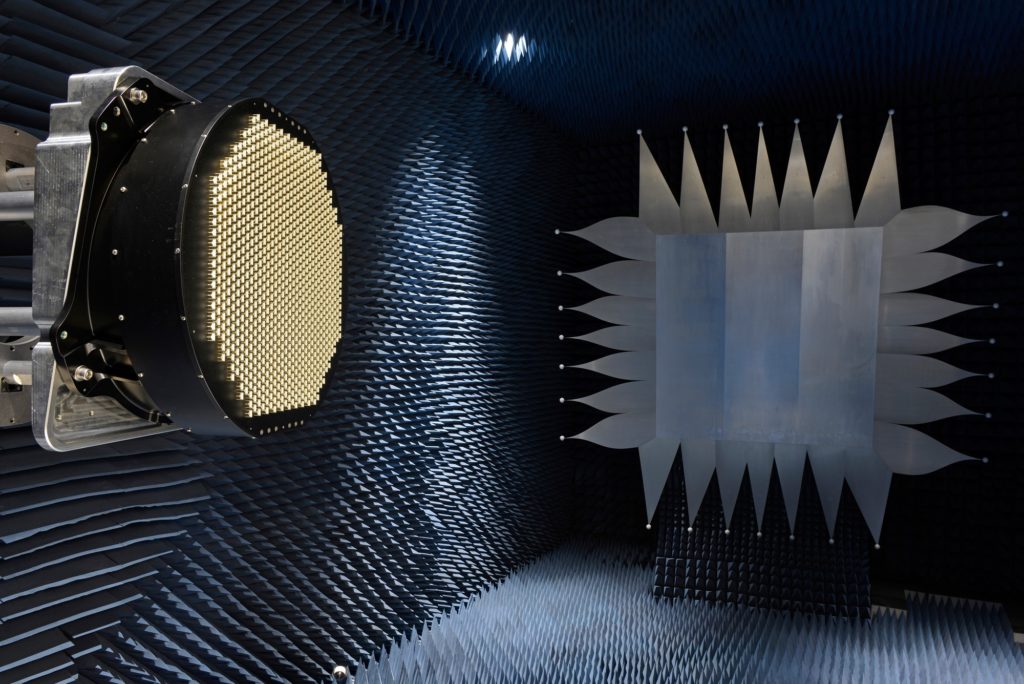
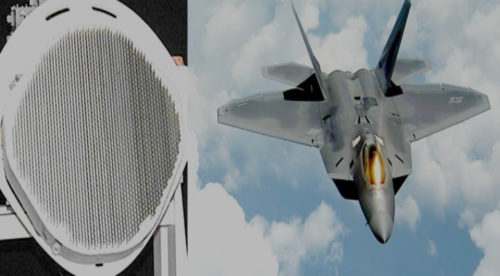
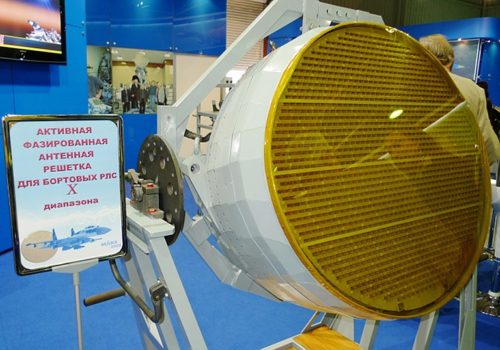
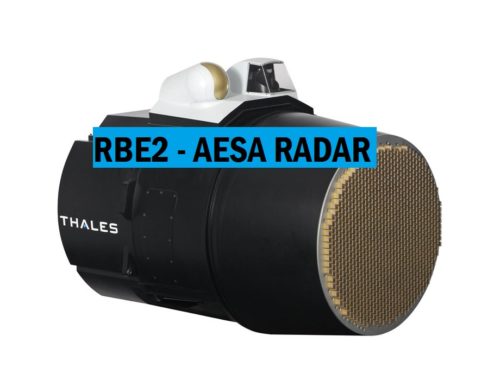
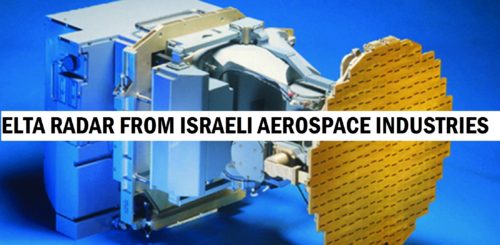
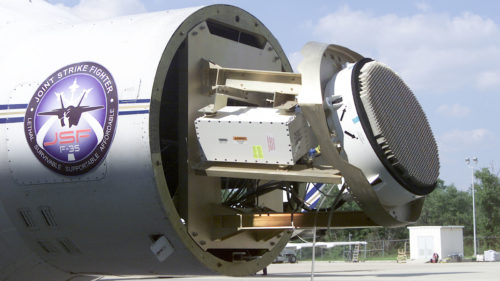
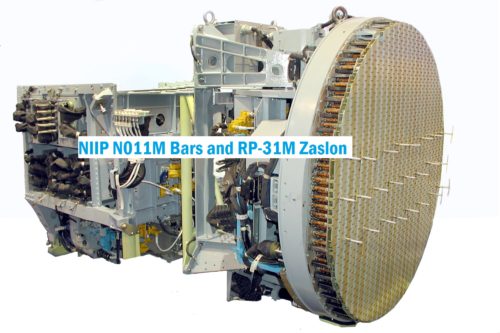
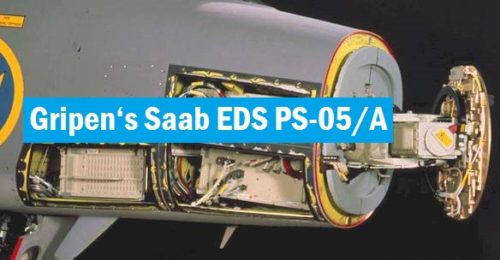
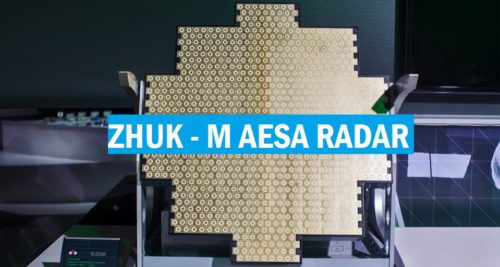

Leave a Reply